Of its food source The spores of club fungi are produced in a clubshaped structure called a basidium (buh SIH dee uhm) (plural, basidia) Sac Fungi The largest group of fungi includes yeasts, mildews, and truffles There are more than 30,000 different species of sac fungi The spores of sac fungi are produced in a little, saclike structureMost club fungi are mycelial (although there are a few yeasts in the group)What are the characteristics of club fungi?
Classification Of Fungi Eniscuola
Characteristics of club fungi
Characteristics of club fungi-The "male" strain produces an antheridium and the "female" strain develops an ascogonium At fertilization, the antheridium and the ascogonium combine in plasmogamy without nuclear fusion Special ascogenous hyphae arise, in which pairs of nuclei migrate one from the "male" strain and one from the "female" strainKingdom Fungi Important Characteristics It is the kingdom of multicellular or multinucleate achlorophyllous and sporeproducing eukaryotic organisms like Rhizopus, rusts, mildews, mushrooms, bracket fungi, morels, etc except yeast;
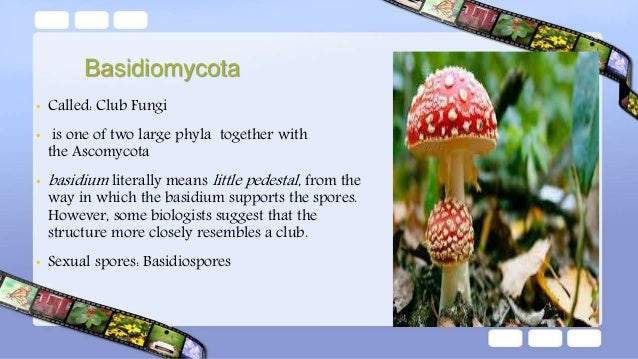



What Is The Reproductive Structure Of Club Fungi
One of the characteristics that is common to all sac fungi is that reproduce through ascospores borne on sac like ascusThe ascospores are released by breaking the wall of ascus The ascospores of different members may be of varying size, shape and colourIn higher Ascomycotina the ascus are borne inside a protected fruiting body known as ascocarpTHE CHARACTERISTICS OF FUNGI Important decomposers &It does not continue the infection process, rather it remains dormant for a period and then germinates to form basidia (stage IV), sometimes called a promycelium In the Pucciniales, the basidia are cylindrical and become 3 septate after meiosis, with each of the 4 cells bearing one basidiospore each
The Fungi Kingdom 2 Basidiomycota (Club fungi ) have a clubshaped part which produces the spores 3 Ascomycota (Sac Fungi) produce spores in saclike structures EX yeasts, cup fungi, powdery mildews, &Characteristics Basidiomycota are unicellular or multicellular, sexual or asexual, and terrestrial or aquatic Indeed, Basidiomycota are so variable that it is impossible to identify any morphological characteristics that are both unique to the group and constant in the groupThe clavarias, or club fungi (eg, Clavaria, Ramaria), are shrublike, clublike, or corallike in growth habit One club fungus, the cauliflower fungus ( Sparassis crispa ), has flattened clustered branches that lie close together, giving the appearance of the vegetable cauliflower
1 Answer 0 votes The Basidiomycetes are known as club fungi due to the presence of club shaped ascuslike structure called as basidium Basidium is enlarged hyphae from which four haploid basidiospores are developed externally They are unicellular, uninucleate and haploid which germinate to form the new myceliumIt is a morphologically complex tissue and forms structures such as the typically mushroomshaped basidiocarps commonly seen in nature Sexual reproduction of the club fungi begins upon fusion of two primary hyphae to form a clubshaped structure, known as a basidiumGeneral Characteristics of Fungi Eukaryotic Decomposers – the best recyclers around No chlorophyll – nonphotosynthetic Most multicellular (hyphae) – some unicellular (yeast) Nonmotile Cell walls made of chitin (kitein) instead of cellulose like that of a plant Are more related to animals than the plant kingdom




Fungi Lichens Office For Environmental Programs Outreach Services



Club Fungi
Club Fungi List 2 characteristics Imperfect Fungi List 4 characteristics (and examples 2 ) Lichens List 5 general Characteristics Fungi (Side 2) The statements (information) on the handout match the guidelines in Graphic Organizers EXACTLY!Characteristics of Kingdom Fungi 1 They can be either unicellular eg Yeast or multicellular eg Mushroom, Rhizopus 2 Their cell walls are composed of chitin 3 They are important decomposers in the ecosystem 4 They reproduce asexual by budding (Yeast), spore formation (bread mould) or by fragmentationBasidiomycota not only include mushrooms, puffballs and shelf fungi but also important pathogens like rusts and smuts They are also known as club fungi because of their clubshaped basidia Mycelium The mycelium in basidiomycota exists in three forms ie primary, secondary and tertiary mycelium 1 Primary mycelium
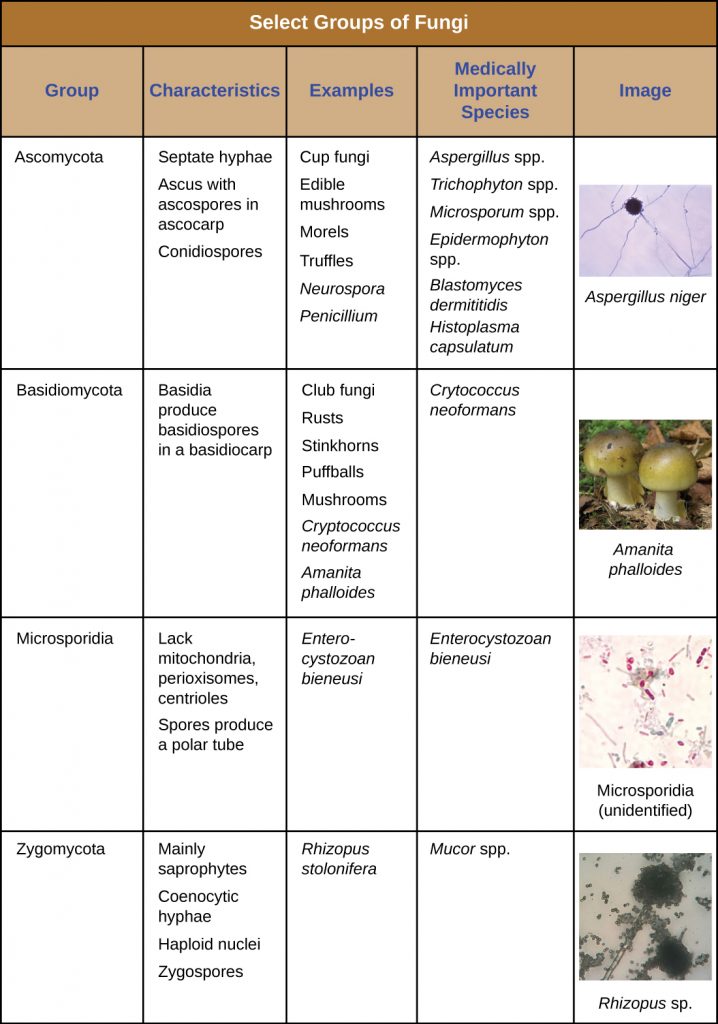



5 2 Fungi Microbiology Canadian Edition




Classification Of Fungi With Diagram
Following are the important characteristics of fungi Fungi are eukaryotic, nonvascular, nonmotile and heterotrophic organisms They may be unicellular or filamentous They reproduce by means of spores Fungi exhibit the phenomenon of alternation of generation Fungi lack chlorophyll and hence cannot perform photosynthesisBasidiomycota The Club Fungi The fungi in the Phylum Basidiomycota are easily recognizable under a light microscope by their clubshaped fruiting bodies called basidia (singular, basidium ), which are the swollen terminal cell of a hyphaMushroomproducing fungi are an example How do you identify club fungi?
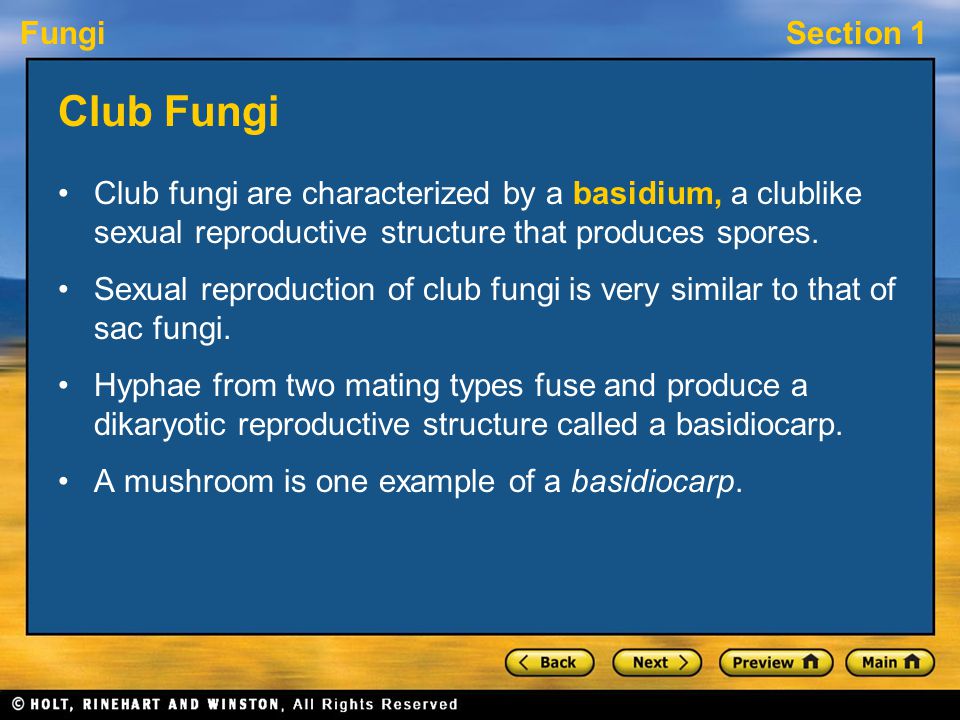



Ch 22 Fungi Ppt Video Online Download
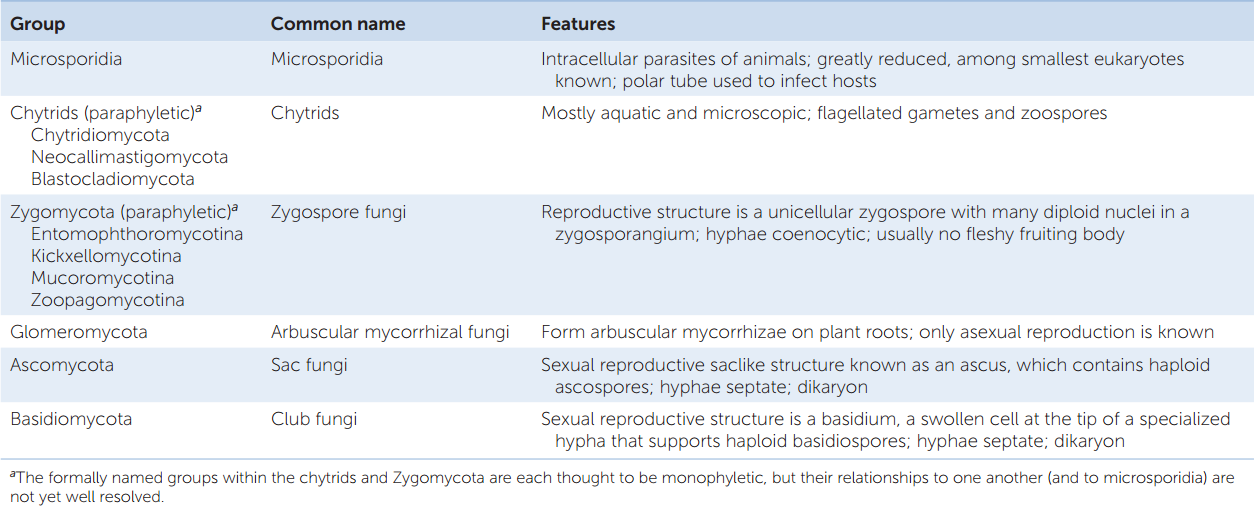



Hillis2e Ch22
Lichens Lichens 4 Types of Fungi a fungus and an organism with chlorophyll (cyanobacteria or algae) that live togetherClub Fungi Characteristics setate hyphae unique life cycle Club Fungi Life Cycle 1 basidiospore germinates and produces monokaryotic hypha Monokaryotic one nucleus CFLC 2 two monokaryotic hypha fuse into one dikaryotic hyphae Dikaryotic two nuclei CFLC 3 dikaryotic hypha multiply into a myceliumA fungus (plural fungi or funguses) is any member of the group of eukaryotic organisms that includes microorganisms such as yeasts and molds, as well as the more familiar mushroomsThese organisms are classified as a kingdom, separately from the other eukaryotic kingdoms, which by one traditional classification include Plantae, Animalia, Protozoa, and Chromista



Club And Coral Fungi



Basidiomycota
The club and coral fungi provide a catchall for a variety of often only distantly related fungi Clavaria laeticolor, shown at farleft is as simple as such fungi can be but illustrates their essential characteristics The basidioma or fruiting body is a simple cylinder arising from the substrate, soil inComplete Table 1 comparing characteristics of fungal phyla Compare spore formation in the sexual stages of the life cycles of sac fungi and club fungi TABLE 1 Comparison of Fungi by Major Features Sexual Reproductive Structures Asexual Reproductive Structures Phylum Example(s) Zygomycota (Zygote Fungi) Ascomycota Sac or Cup Fungi) y Phir cars ae tonvoluted Basidiomycota (Club FungiAns i) They are multicellular and eukaryotic organisms, ii) They do not have chlorophyll of their own, iii) Cell wall is made up of chitin, iv) Their body is formed of threadlike filamentous structures called hyphae, and v) Their mode of nutrition is saprophytic or parasitic



Fungi Basidiomycota The Club Fungi Sparknotes




Kingdom Fungi Characteristics Youtube
2 Club fungi have a clubshaped part which produces the spores 3 Sac Fungi produce spores in saclike structures EX yeasts, cup fungi, powdery mildews, &Complex Septations Figure 361 3 The complex dolipore septum found in basidiomycetes This is not a feature that can be seen with the naked eye or in a standard microscope In hyphae of basidiomycete fungi, parenthesomes (1) cap a dolipore septum (2) The cell wall (3) swells around the septal pore to form a barrelshaped ringRapid advances in molecular biology and the sequencing of 18S rRNA (ribosomal RNA) continue to show new and different relationships among the various categories of fungi The five true phyla of fungi are the Chytridiomycota (Chytrids), the Zygomycota (conjugated fungi), the Ascomycota (sac fungi), the Basidiomycota (club fungi) and the recently



Club Fungi King Of Kingdoms
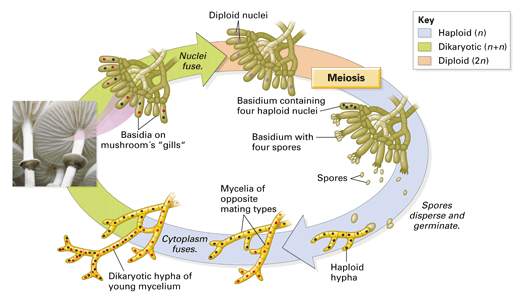



Chapter 18 Concept 18 2
Basidiomycota (club fungi) have multicellular bodies;The Characteristics of Fungi Fungi are NOT plants Nonphotosynthetic Eukaryotes Nonmotile Most are saprobes (live on dead organisms) The Characteristics of Fungi Absorptive heterotrophs (digest food first &Features includes sexual spores in the basidiocarp (mushroom) and that they are mostly decomposers;




What Is The Reproductive Structure Of Club Fungi
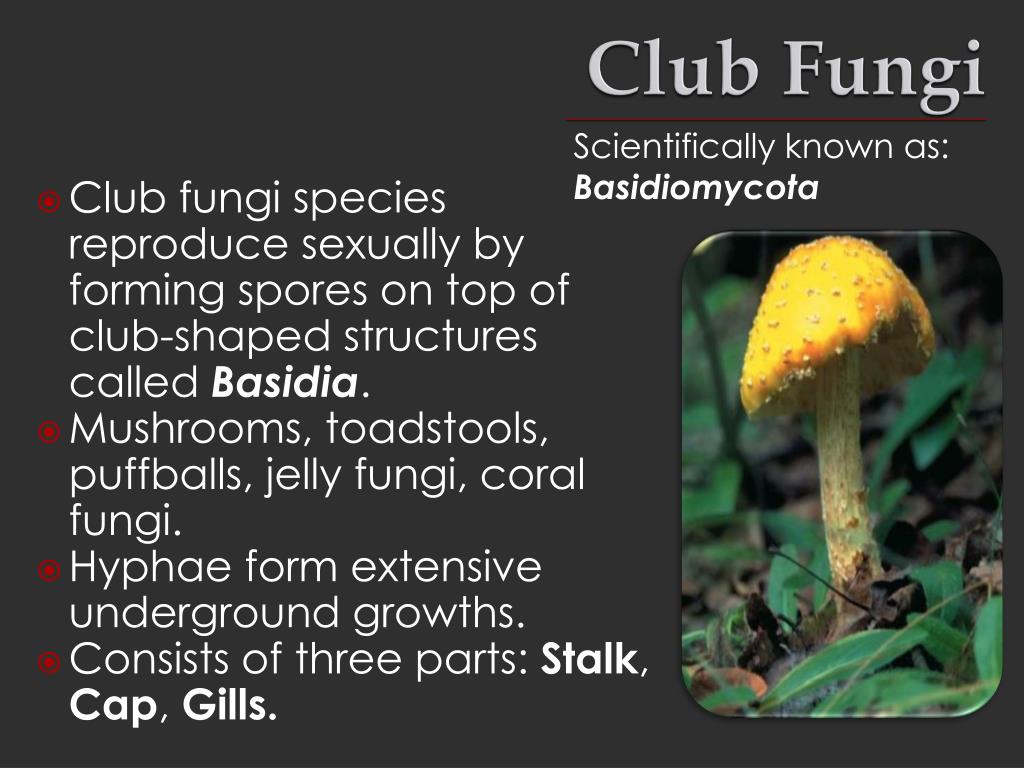



Ppt Club Fungi Powerpoint Presentation Free Download Id
The body of a fungus is called myceliumIt is made of a number of filaments called hyphae (singularhypha);Club fungi can reproduce asexually, but sexual reproduction is more common They reproduce using spores Development Sac fungi grow hyphae from the spore The mycelia have a huge surface area Examples Some examples of club fungi include mushrooms, polypores, puffballs, boletes, and bird's nest fungiLichens Lichens 4 Types of Fungi a fungus and an organism with chlorophyll that live together •Example Mushrooms
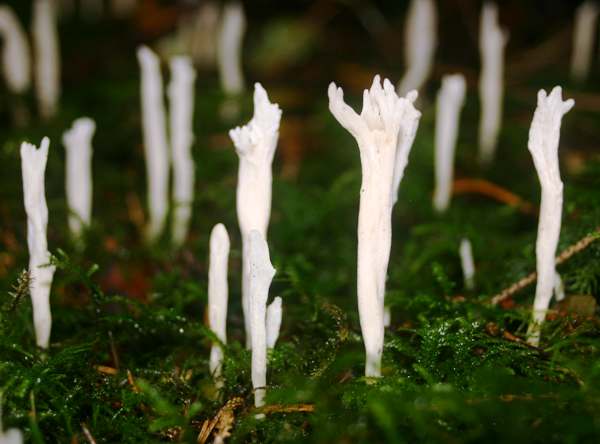



Clavulina Rugosa Wrinkled Club Fungus




Hillis2e Ch22
Characteristics of Fungi Although humans have used yeasts and mushrooms since prehistoric times, until recently, the biology of fungi was poorly understood Up until the midth century, many scientists classified fungi as plants Fungi, likeThe five true phyla of fungi are the Chytridiomycota (Chytrids), the Zygomycota (conjugated fungi), the Ascomycota (sac fungi), the Basidiomycota (club fungi) and the recently described Phylum Glomeromycota An older classification scheme grouped fungi that strictly use asexual reproduction into Deuteromycota, a group that is no longer in useRecyclers of nutrients in the environment Most are multicellular, except unicellular yeast Lack true roots, stems or leaves MULTICELLULAR MUSHROOM UNICELLULAR YEAST 5




Characteristics Mycology All You Need To Know
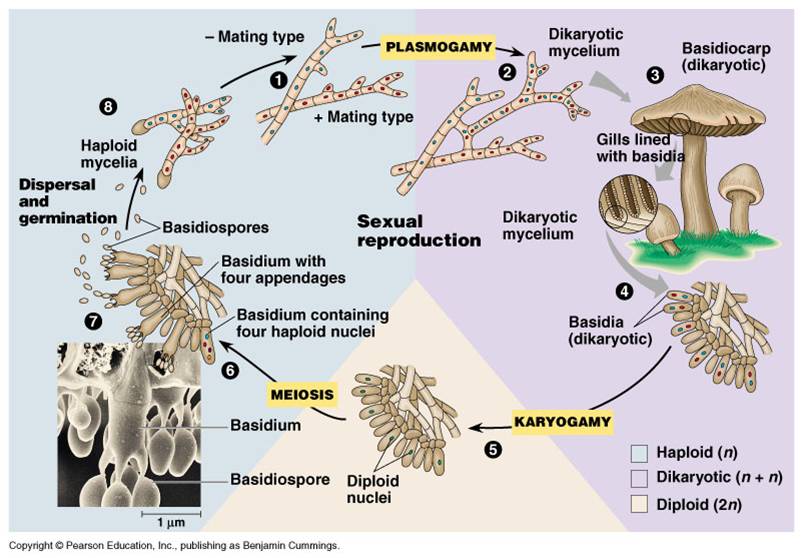



Classification Of Fungi Part 1 F Sc Biology Chapter 8
ADVERTISEMENTS It is formed by the germination of a basidiospore and contains a single haploid (n) nucleus in each cell It bears neither sex organs nor any basidia and basidiosporesThen absorb it into their bodies Release digestive enzymes to break down organic material or their host Store food energy as glycogenWhat are some characteristics of club fungi?




Club Fungi By Hunter Fritz




Fungus Chapter Ppt Video Online Download
The division of fungi known as the club fungi, Basidiomycota, includes some of the most familiar fungi Mushrooms, puffballs, and shelf fungi are all members of this group, as are the plant rusts and smuts This group, which contains approximately 15,000 known species, is distinguished by the presence of a club shaped reproductive organ called the basidiumMorels are Ascomycete Fungi 21 Basidiomycete or Club Fungi 22 Life Cycle of Basidiomycete Fungi 23 Bracket Fungi Puff Balls Mushrooms Jelly Fungi Basidiomycete Fungi that all produce Basiospores 24 Other Basidiomycetes Rusts and Smuts Rust infecting wheat leaves Rust infecting a Leaf Whitrot Smut digesting old wood 25General Characteristics Phylum Basidiomycota includes mushrooms, toadstools, puffballs, jelly fungi, rusts, smuts, and shelf fungi Called club fungi after the shape of the Basidium the reproductive structure looks like the club suit in playing cards Many hallucinogenic, deadly, others safe and edible Complex life cycles




Eukaryotic Microorganisms Fungi Online Presentation




Kingdom Fungi Study Of Fungi Mycology Common Characteristics
Members of the Basidiomycota, commonly known as club fungi, produce spores called basidiospores on clublike stalks called basidia Most common mushrooms belong to this group, as well as rust and smut fungi, which are major pathogens of grainsThe kingdom fungi are made up of lichen, yeast, mushrooms, and moldsTable Contents the Fungi Kingdom010 Introduction Kingdom Fungi023 Fungi Facts052 HowFungi are usually classified in four divisions the Chytridiomycota (chytrids), Zygomycota (bread molds), Ascomycota (yeasts and sac fungi), and the Basidiomycota (club fungi) Placement into a division is based on the way in which the fungus reproduces sexually




Classification Of Fungi Pdf Fungus Organisms




Kingdom F U N G I Fungi Characteristics
Types of Fungi Scientists often divide fungi into four groups club fungi, molds, sac fungi, and imperfect fungi Some of the more common fungi that you are likely to see or use everyday are described below Mushrooms Mushrooms are part of the club fungi group Mushrooms are the fruiting body of a fungusIt is a morphologically complex tissue and forms structures such as the typically mushroomshaped basidiocarps commonly seen in nature Sexual reproduction of the club fungi begins upon fusion of two primary hyphae to form a clubshaped structure, known as a basidiumWhat are the 5 characteristics of fungi?
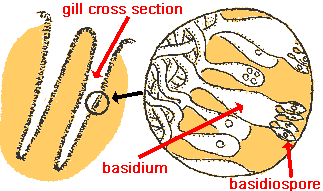



The Many Kinds Of Fungi



Fungi Presentation Biology
Club fungi (mushrooms), shelf/bracket fungi, smuts and rusts fruiting body of basidiomycetes Reproductive structures that produce sexual spores Spores produced in the basidia ofThe "male" strain produces an antheridium and the "female" strain develops an ascogonium At fertilization, the antheridium and the ascogonium combine in plasmogamy without nuclear fusion Special ascogenous hyphae arise, in which pairs of nuclei migrate one from the "male" strain and one from the "female" strainWhat are the characteristics of club fungi?




Classification Of Fungi Phycomycetes Ascomycetes Basidiomycetes And Deuteromycetes




Exam Preparation Biology Study Material And Notes
The fungi in the Phylum Basidiomycota are easily recognizable under a light microscope by their clubshaped fruiting bodies called basidia (singular, basidium ), which are the swollen terminal cell of a hypha The basidia, which are the reproductive organs of these fungi, are often contained within the familiar mushroom, commonly seen in fields after rain, on the supermarket shelves,




Kingdom Fungi The Characteristics Of Fungi The Characteristics Of Fungi The Evolution Of The Fungi The Evolution Of The Fungi Fungal Classification Fungal Ppt Download




General Characteristics And Classification Of Fungi Biolearners




Basidiomycetes Club Fungi Coprinus Puccinia Graminis Microscope Slides Carolina Com



Club Fungi King Of Kingdoms




Chapter 18 Concept 18 2




Fungi 1 Fungi Mycology Study Of Fungus 2




Amy B S Bio Blog Fungi



Chapter 11 Protists And Fungi 7th Grade Science Kile Mingo




Fungi Classification Group Approximate Number Of Chegg Com




Biology Kingdom Fungi And Bacteria Practical Review Flashcards Quizlet
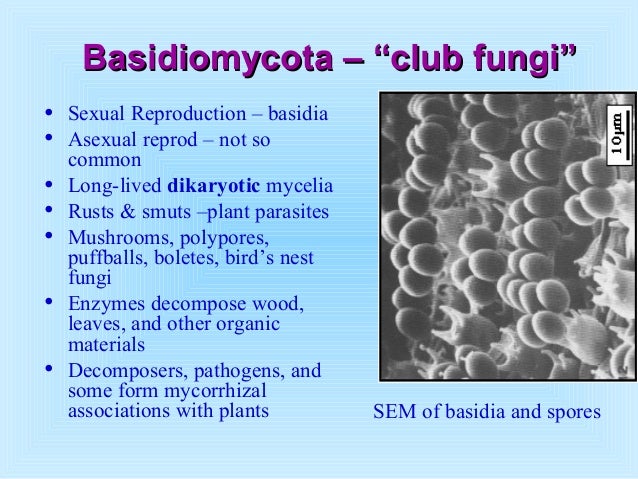



Intro To Fungi Presentation



Fungi
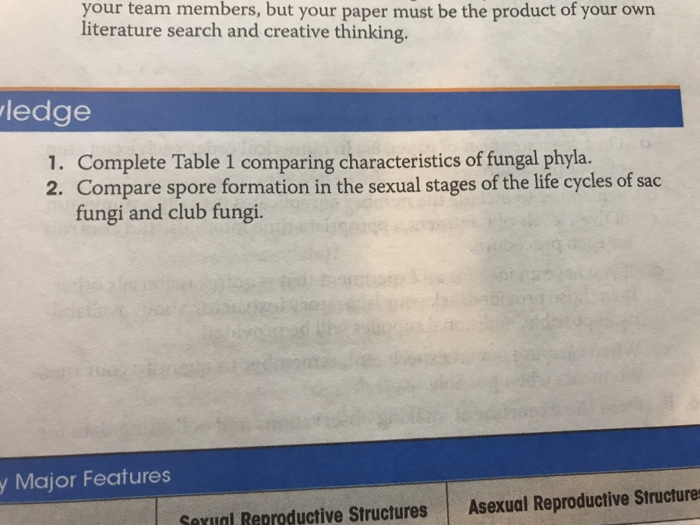



Your Team Members But Your Paper Must Be The Product Chegg Com



What Is The Difference Between Ascomycota And Basidiomycota Pediaa Com



Fungi Humans Examples Body Parasites Used Water Process Earth




Chapter Characteristics Of Fungi Belong To The Kingdom Fungi 1 Introduction To Fungi Fungi Unicellular Or Multicellular Chapter Eukaryotic Ppt Download




013 Characteristics Of Division Basidiomycota Fungus Fact Friday
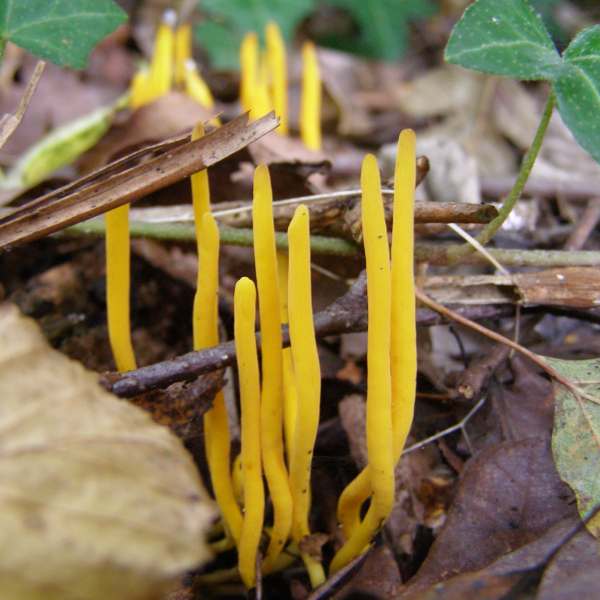



Clavulinopsis Laeticolor Handsome Clubfungus




Fungi Microbiology



2
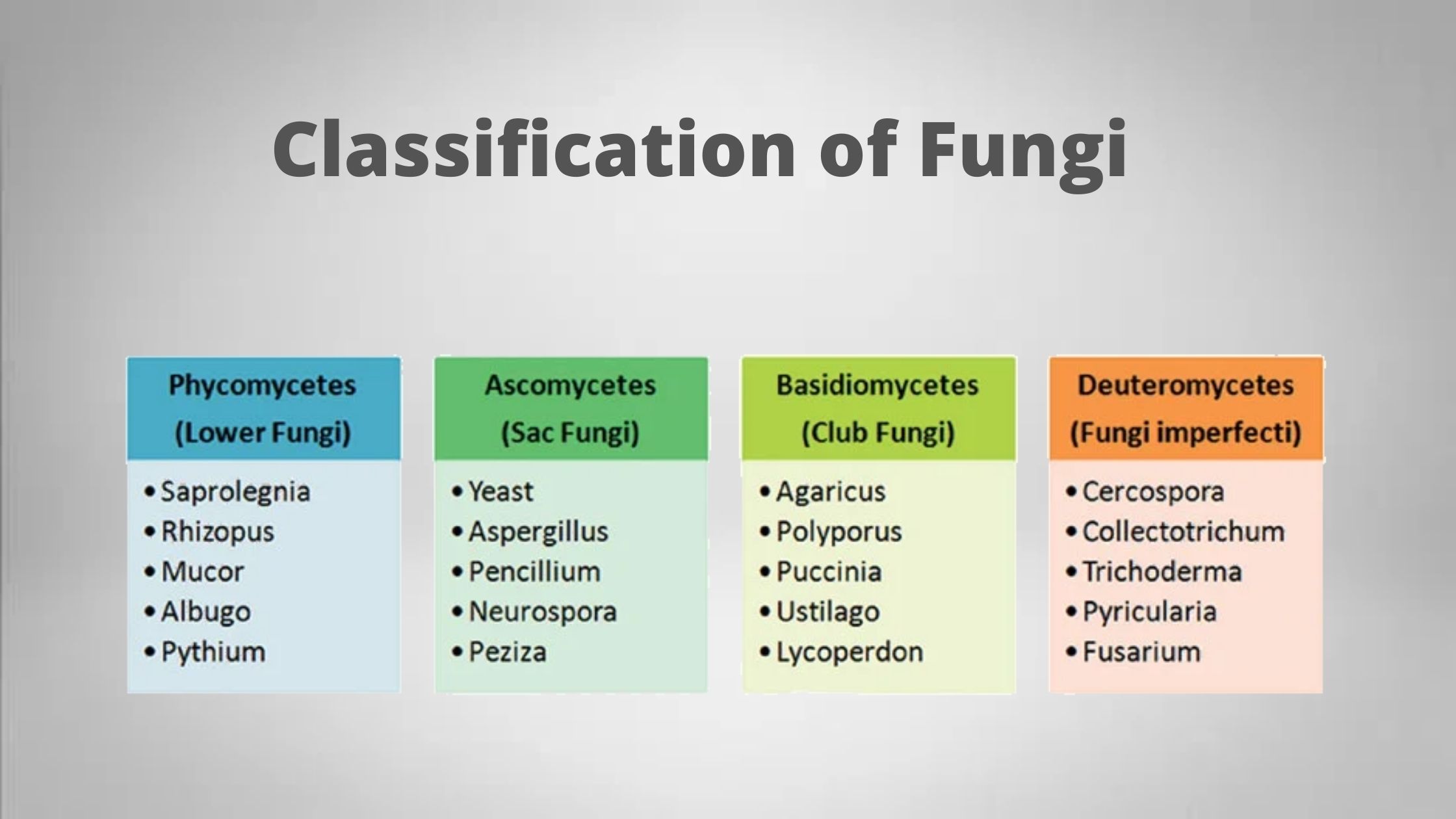



Classification Of Fungi Gymnomycota Mastigomycota Amastigomycota



Fungi
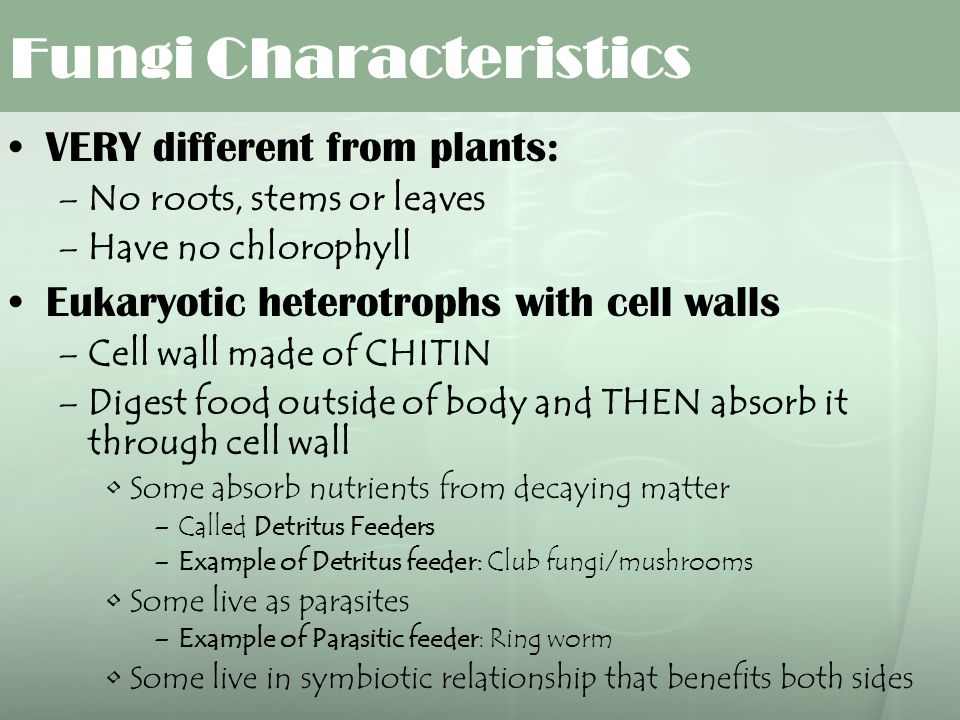



Chapter 21 Kingdom Fungi Ppt Video Online Download



Fungi Basidiomycota The Club Fungi Sparknotes




Classification Of Fungi Mycology Microbe Notes



Classification And Importance Of Fungi




Fungi Lichens I Characteristics Of Fungi A What



Basidiomycota



Basidiomycota




Club Fungi Reproductive Structures Are Shown In The Image Below What Benefits Are There In Having Brainly Com




Basidiomycota Phylum Of Fungi Britannica



Basidiomycota




Biological Diversity 4
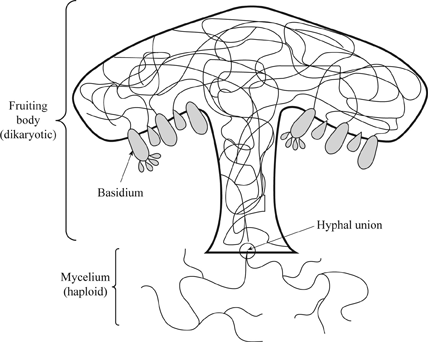



Definition Of The Major Groups Of Fungi Chegg Com
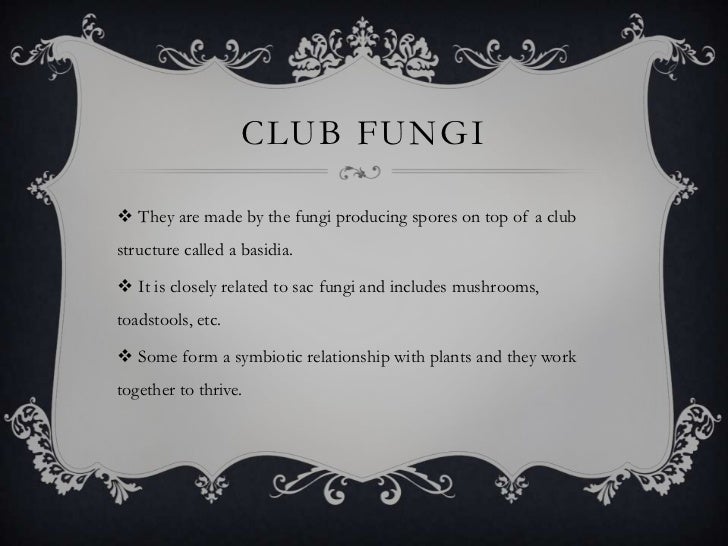



Characteristics And Major Groups For Fungi




Biology 2e Biological Diversity Fungi Classifications Of Fungi Opened Cuny




16 3 Macrofungi Biology Libretexts




Characteristics And Major Groups For Fungi




Kingdom Fungi There Are Four Main Characteristics Of Fungi 1 Fungi Are Eukaryotic They Have Nuclei In Each Cell Some Are Dikaryotic Mitochondria 2 Ppt Powerpoint



1




4 Gb 21 Cla Fun J Spr03




Mushroom Morphology Types Of Identifying Characteristics




7 17 16 Distinguish Between The Five Groups Of Fungi Acp Biology Project



Fungi




Basidiomycota Life Cycle Of Ustilago Tritici Characteristics Of Club Fungi Chapter 8 First Year Youtube




Basidiomycota Wikipedia



Fungi Basidiomycota The Club Fungi Sparknotes
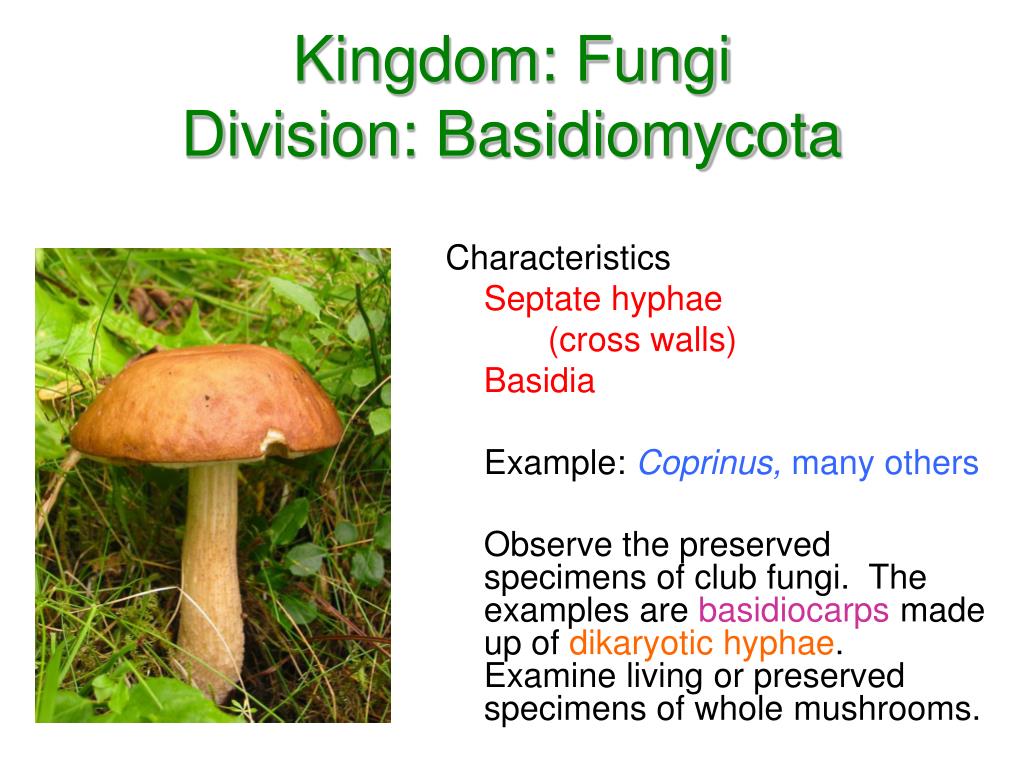



Ppt Kingdom Fungi Division Chytridiomycota Powerpoint Presentation Free Download Id



Systematics Of The Fungi




3 Write The Letter Of The Appropriate Fungal Group Chegg Com



Classification Of Fungi Eniscuola
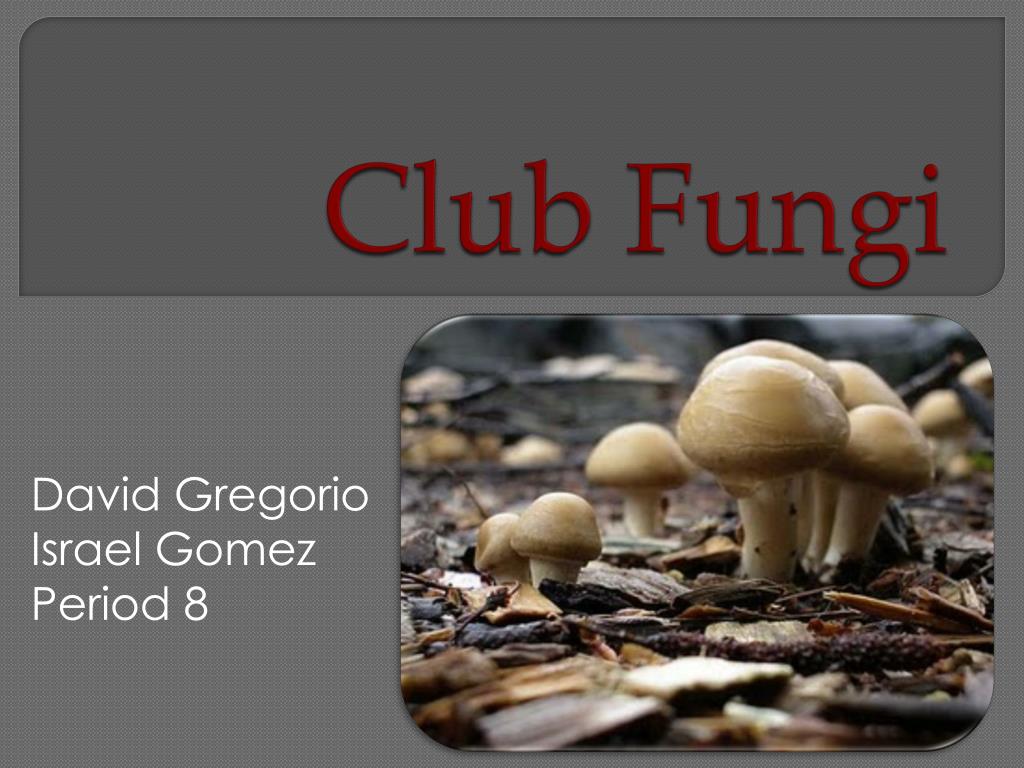



Ppt Club Fungi Powerpoint Presentation Free Download Id



Club And Coral Fungi
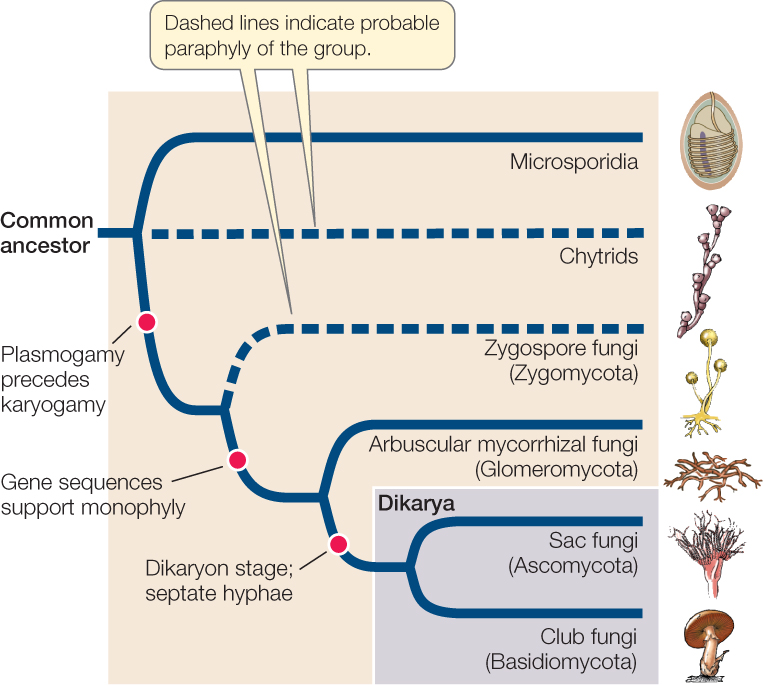



Hillis2e Ch22




Basidiomycota The Club Fungi Biology For Majors Ii




Fungus Wikipedia
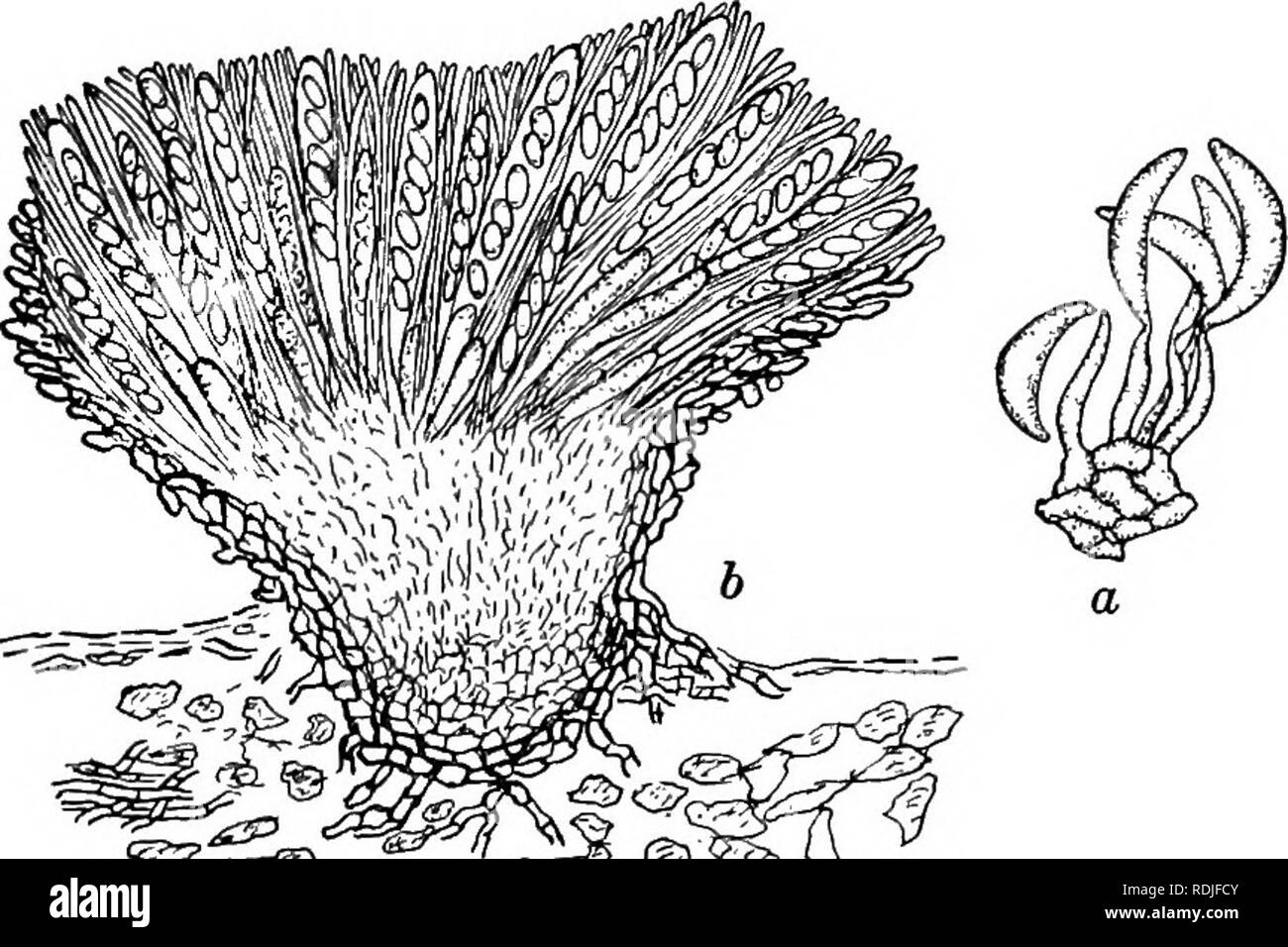



Fungous Diseases Of Plants With Chapters On Physiology Culture Methods And Technique Fungi In Agriculture Ascomycetes 7 Shown In Fig 80 B The Asci Are Club Shaped And Bear Eight



Classification And Importance Of Fungi
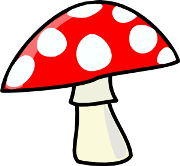



Biology For Kids Fungi




Kingdom Fungi Characteristics Classifications Concepts Videos Q As




Cultural And Morphological Characteristics Of Identified Fungi Download Table




Lesson Explainer Kingdom Fungi Nagwa



General Features Classification Of Fungi Mycology Notes




Fungi Classification And Land Adaptations In Microbiology




Fungi Lichens I Characteristics Of Fungi A What
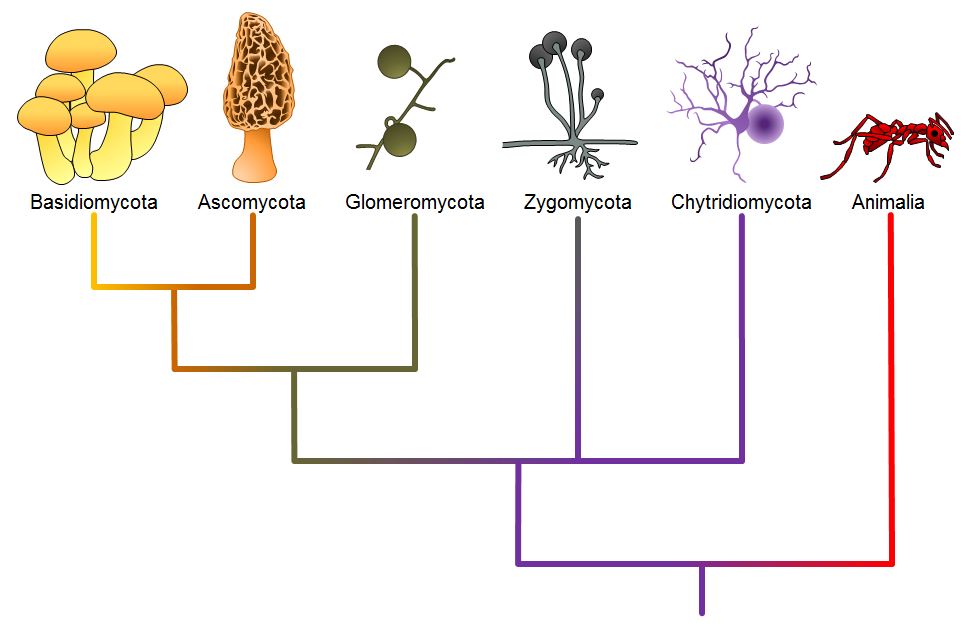



Classifications Of Fungi Biology 2e




Fungi Lichens I Characteristics Of Fungi A What




Basidiomycota Fungi And Deuteromycota Fungi Youtube
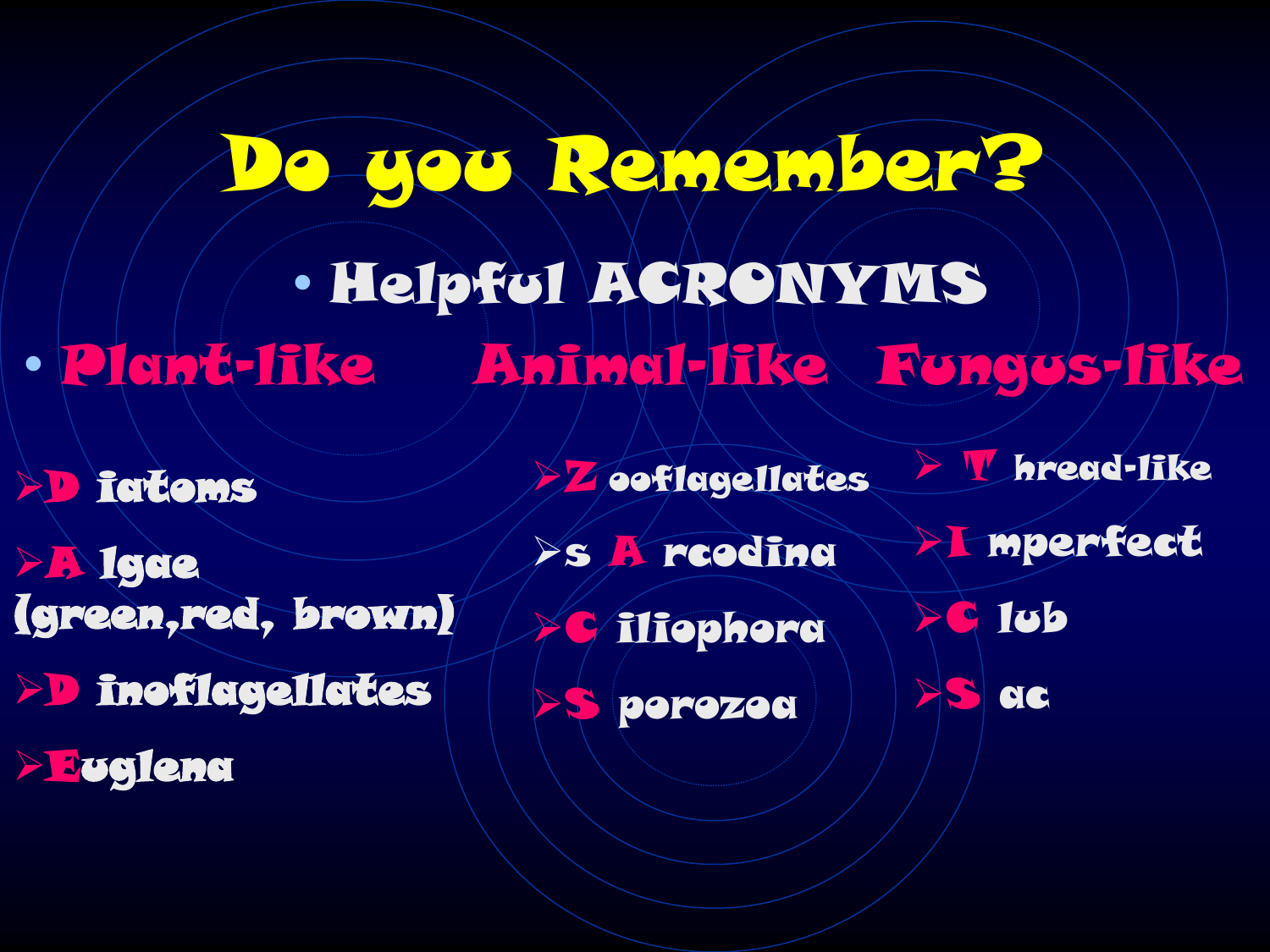



Fun Facts About Fungi



1
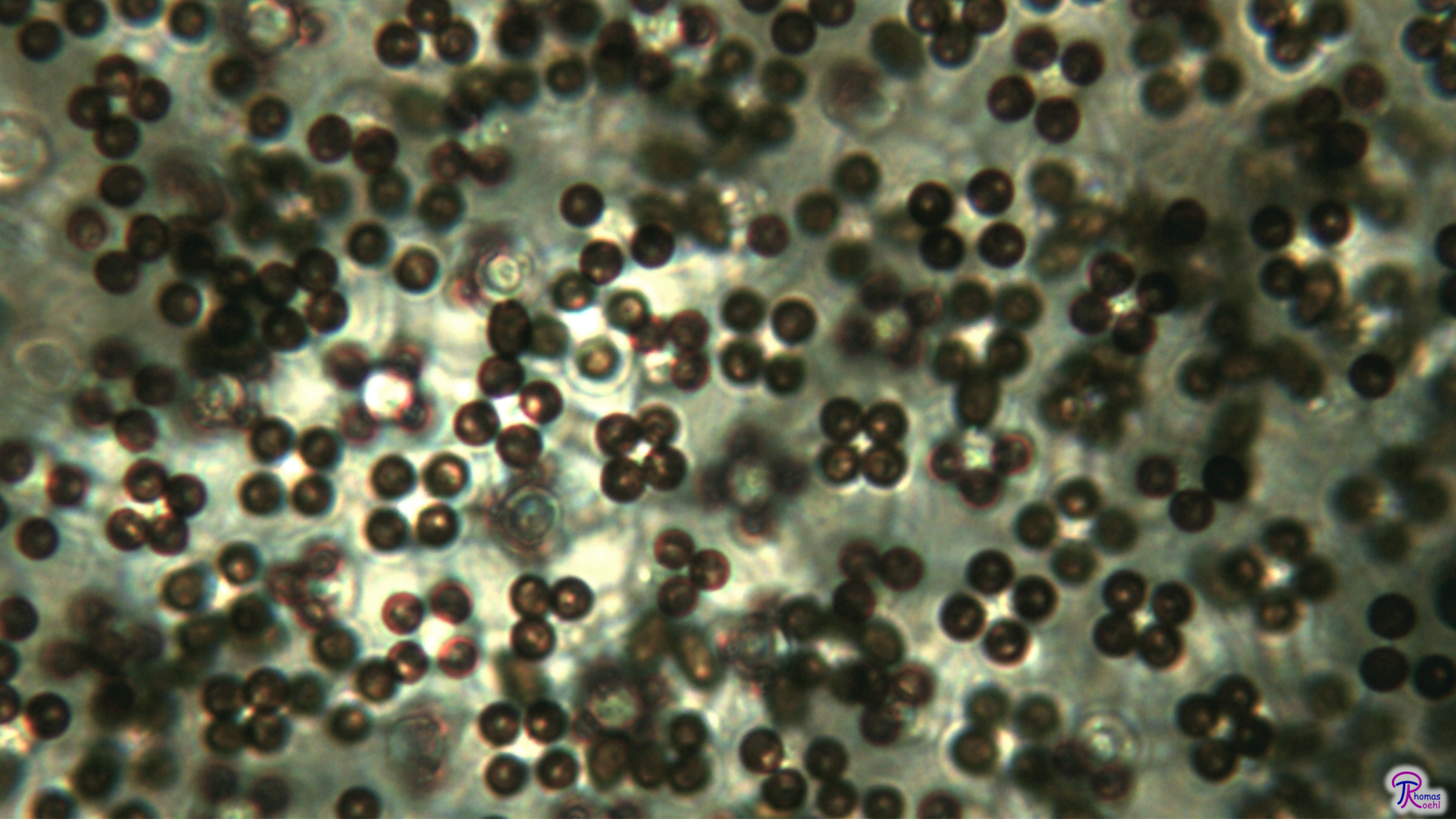



013 Characteristics Of Division Basidiomycota Fungus Fact Friday
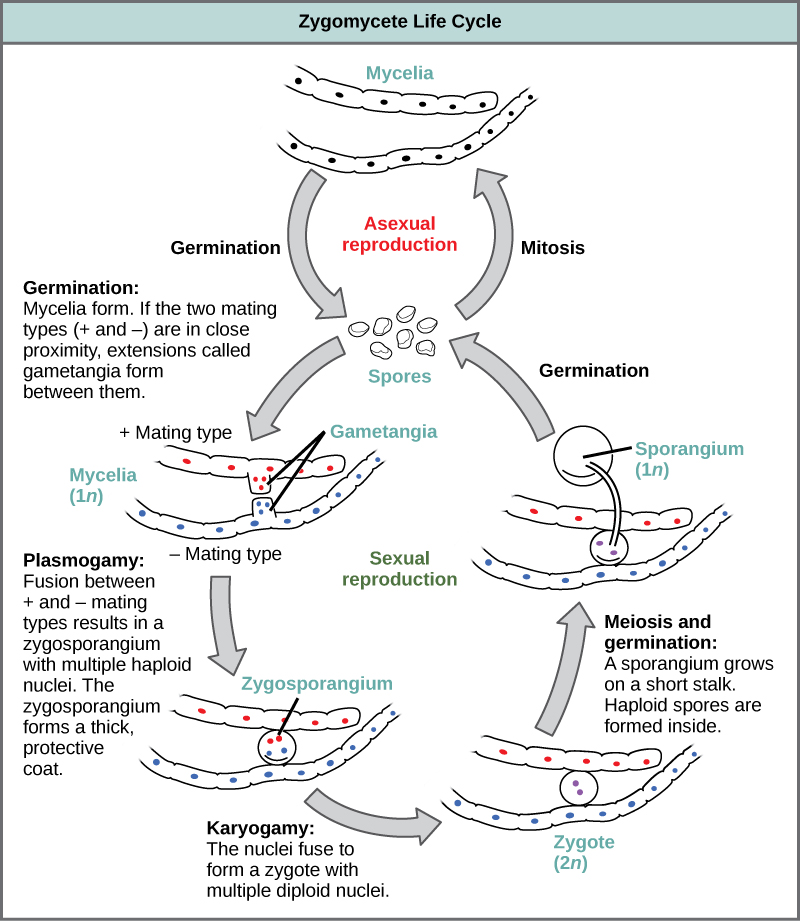



24 2 Classifications Of Fungi Biology Libretexts



2




Basidiomycota The Club Fungi Biology For Majors Ii



Ascomycota



Solved Table 18 1 Summary Table For Fungal Diversity Characteristic Chytridiomycota Zygomycota Ascomycota Basidiomycota Common Names Chytids Mol Course Hero



0 件のコメント:
コメントを投稿